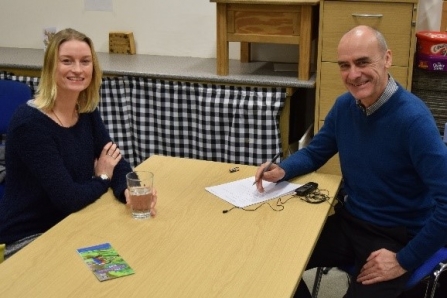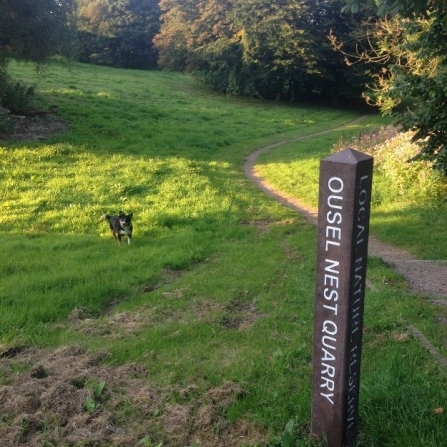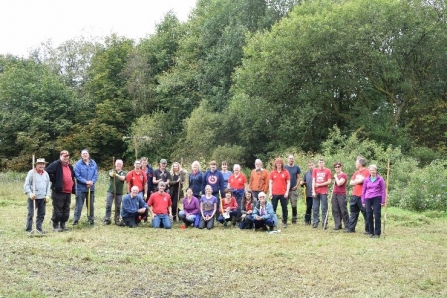Myself and Stephen Cartwright met with Sammy for a question and answer session about this special nature reserve in the heart of Bolton.
David: What is so special about the Ousel Nest?
Sammy: The site is pretty magical. I’ve known it since I was a child. It consists mainly of a meadow but it’s also got a lovely forest around the outside of the meadow and then hidden away at the back, at the base of a sand stone quarry, are two or three interconnected ponds. It’s a really peaceful site where you can go and have a real moment of peace amongst nature”.
D: What are your earliest memories of Ousel nest?
S: In my memory Ousel Nest was full of flowers and I remember it as a wildflower meadow. I was probably nine or ten, and me and some friends would go and play on a wooden climbing frame that used to be there. We’d take a picnic and spend the day hunting for insects and climbing trees.
When she moved back to Bolton in 2014 Sammy found the site degraded, so she got stuck into conservation work which fitted in really well with the Environmental Science course she was doing with the Open University. The practical experience was invaluable – for example, Sammy discovered that mowing the meadow yearly (taking off the top off the grass over 10 or 20 years) will reduce the vigour of the grass and really improve the state of the meadow.
I’d been thinking about doing conservation work somewhere globally, but I really started thinking, “You know what, there is this beautiful place right on my back doorstep that I can do something about.
“If everyone just looked after their back door, if everyone just did a little bit of their patch, then that’s the whole world covered because humans are everywhere.”




